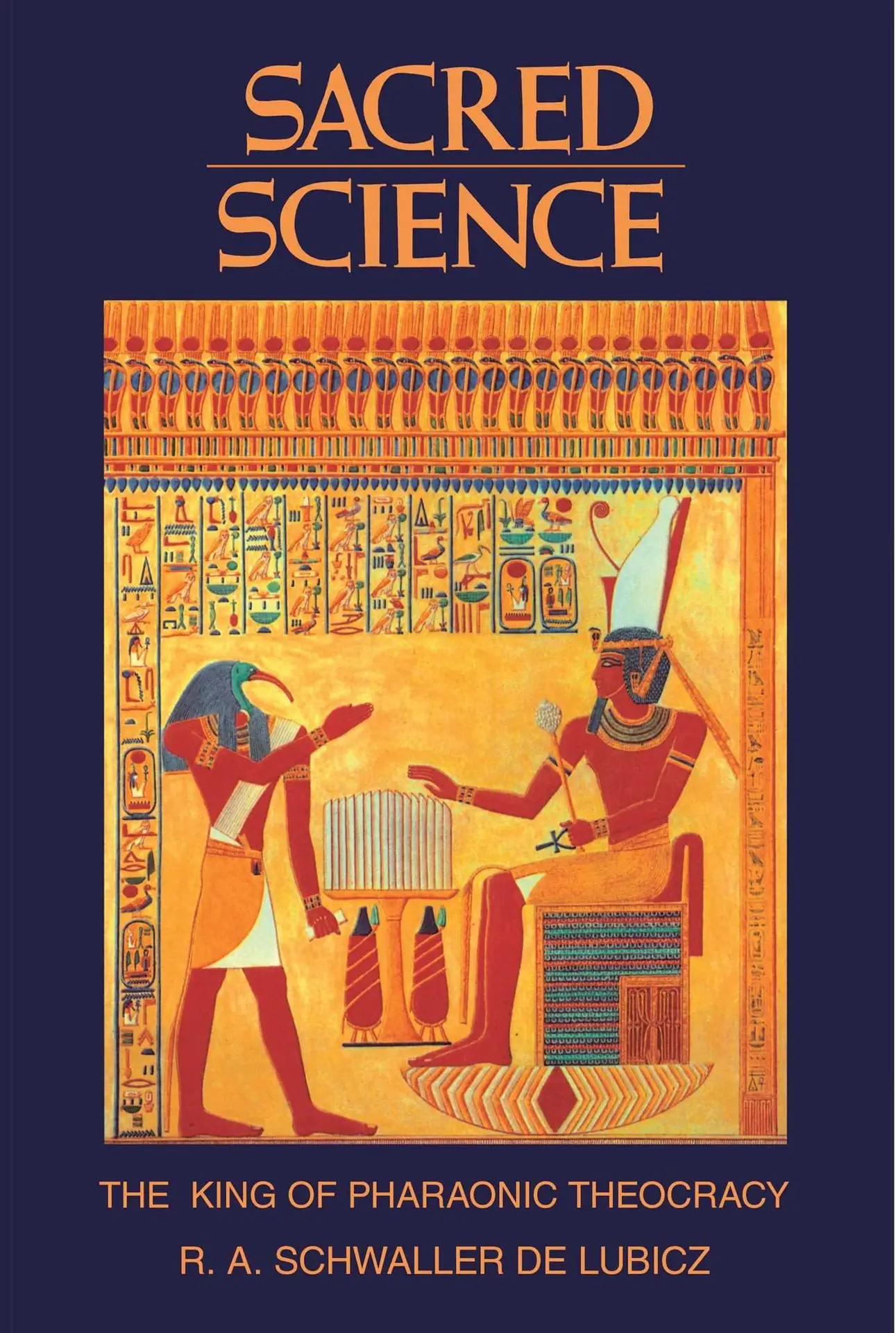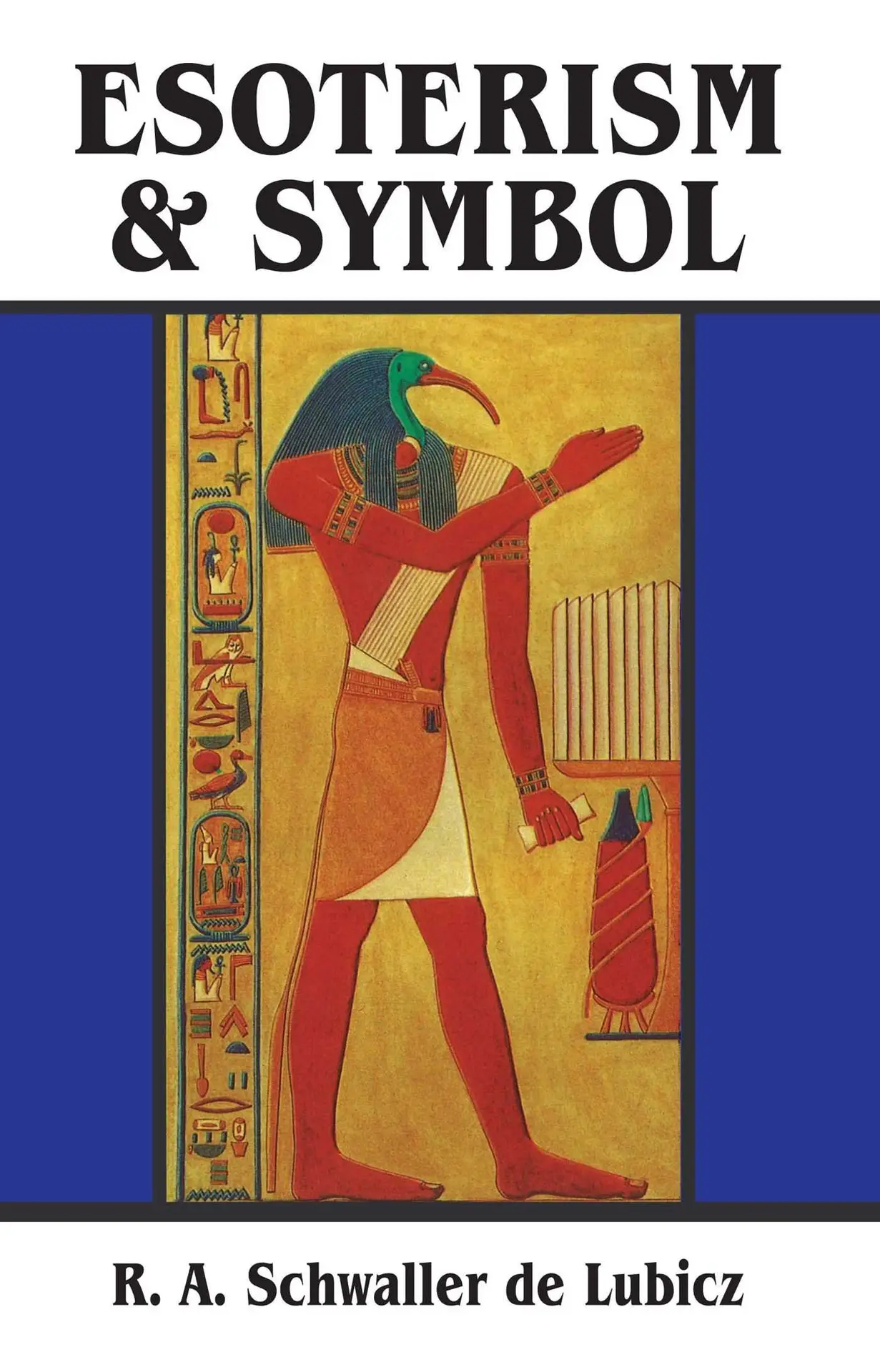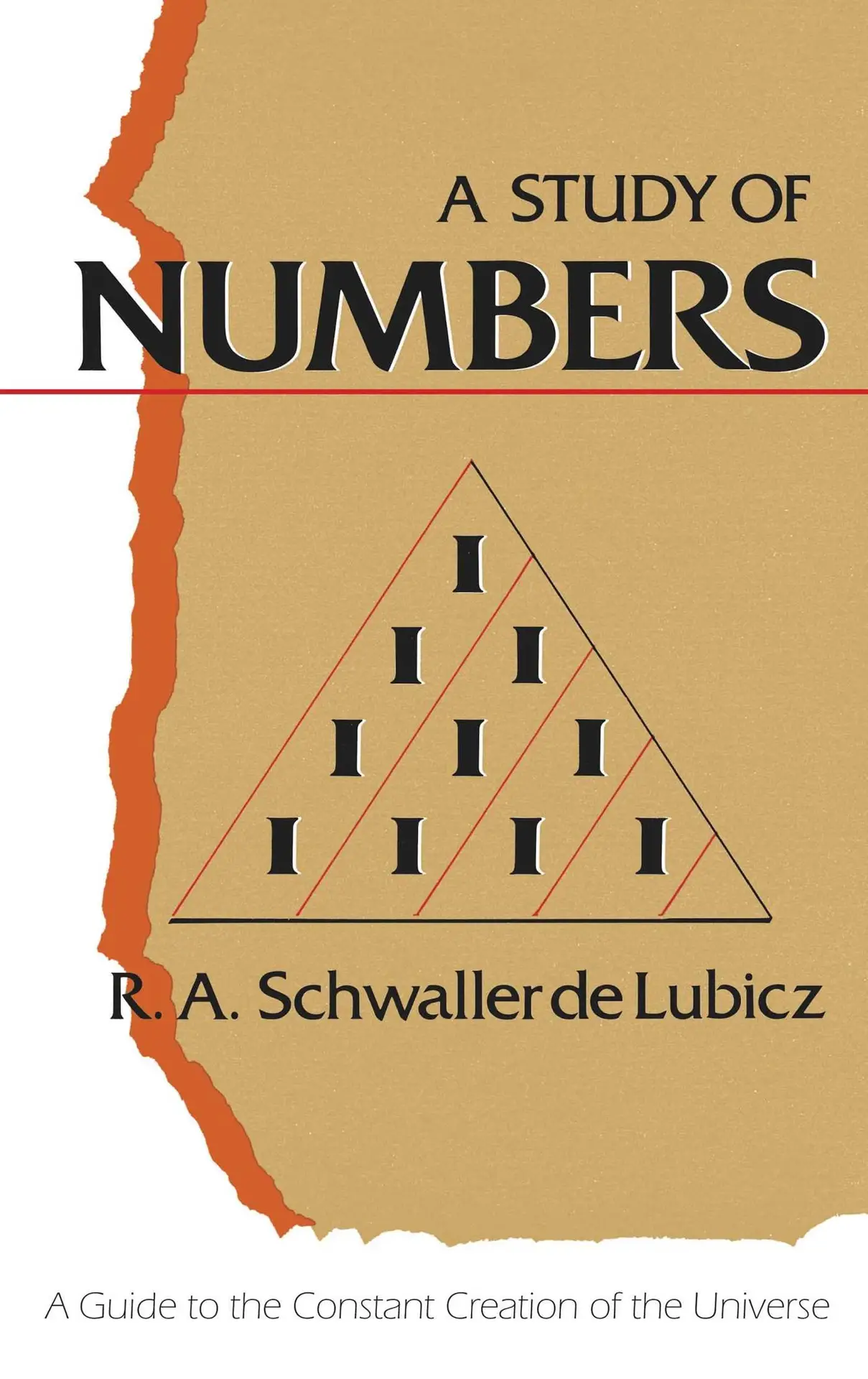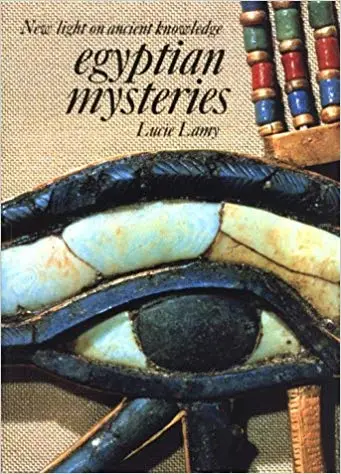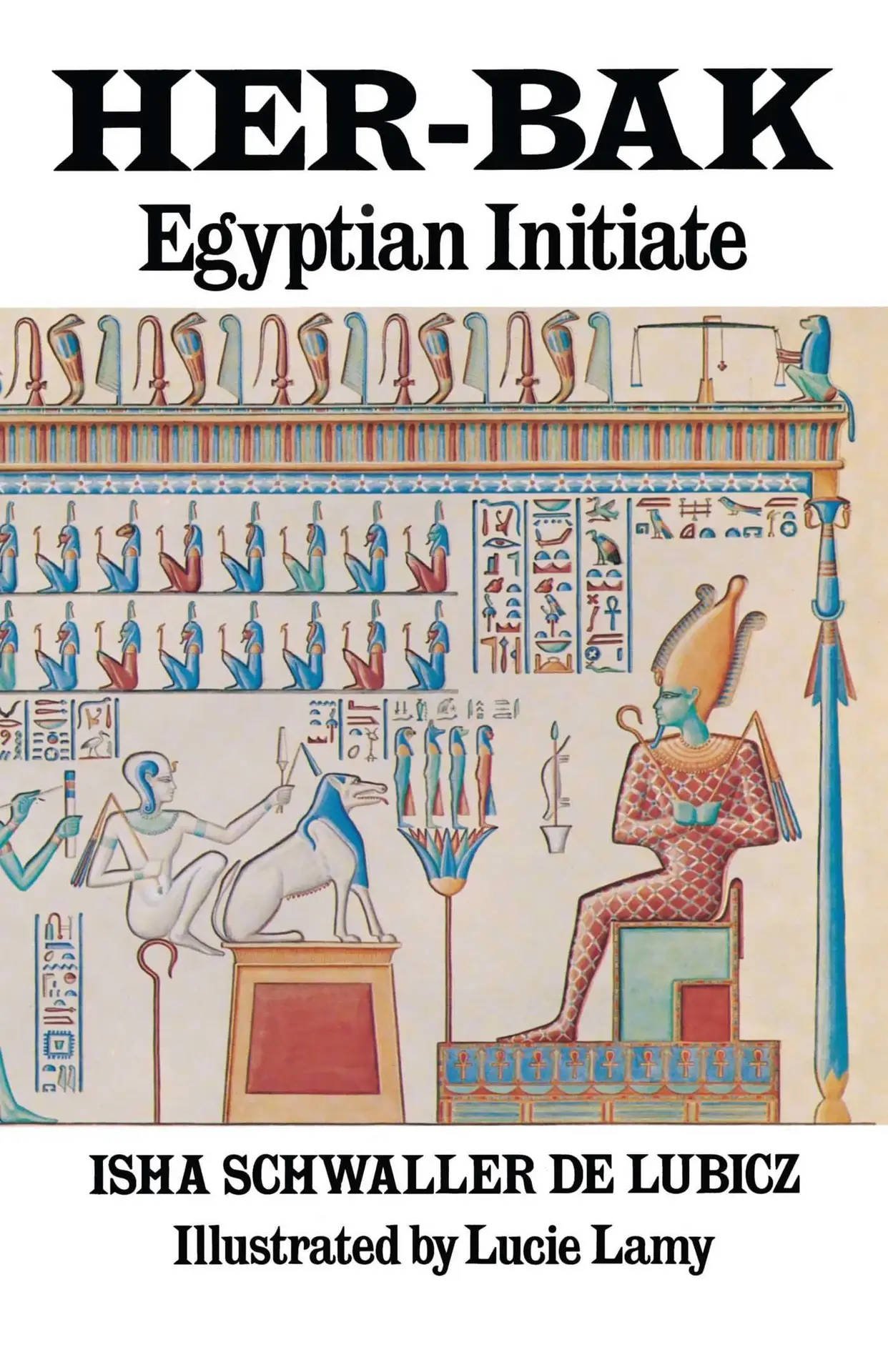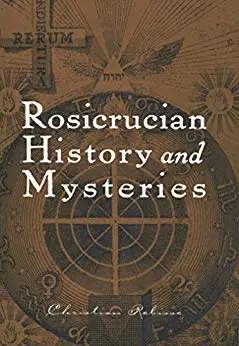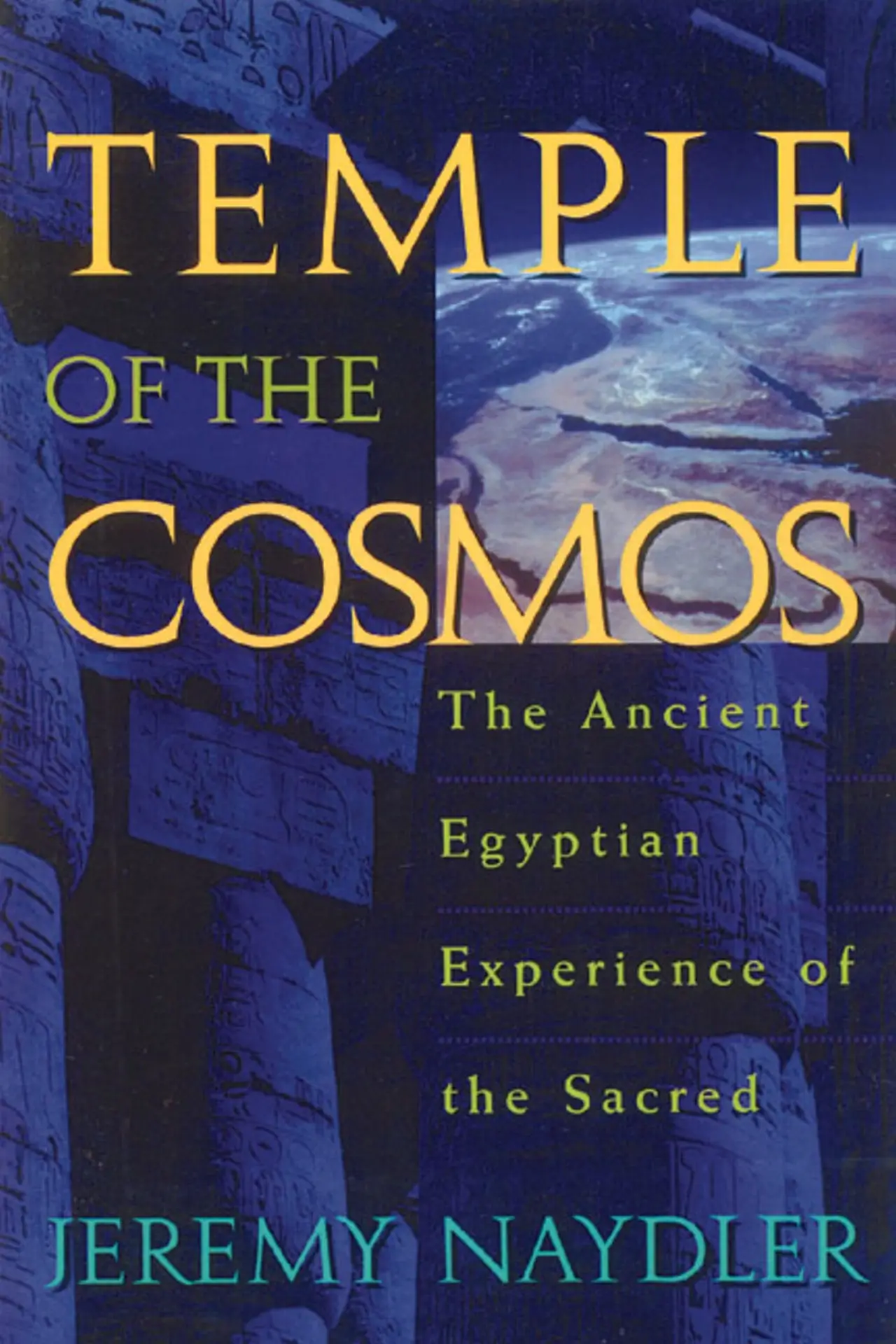Travel Tips & Further Reading - Egypt
Start Your Journey
WEATHER
The winter weather can be colder than you think in the North (around Cairo/Alexandria). Temperatures can get down into the 40’s at night from mid-December to the end of February. Perfect travel weather but too cold to swim. There is often a high wind early in the morning in the desert. Have a jacket, and a light sweater or two that will keep you warm. Layers are better than one heavy item, since it warms up very rapidly once the sun gets high, and midday temperatures may be in the 80°’s under a bright sun. The chance of a winter rain shower or two is slight but present in the north.
Also bring gloves and a wool stocking hat or the like.
Remember, once we’re out in the desert, we’re out and it could be a while before we have roof over ourheads and walls around us.
October / November and April / May average around 60 by night, 85 by day in Cairo, warmer to the south. Perfect. Bring your bathing suit. The summer is hot everywhere, very hot in the south (110 and over in the afternoons) but bone dry and there are fewer tourists but still, more than you might expect.
On summer trips we start early and get back by noon or thereabouts and lounge around the pool the rest of the day. It’s unacceptable only to those who really hate the heat. For others it’s not a major problem.
DRESS & GEAR
Keep in mind it gets hot and we do alot of moving around so dress to your level of comfort. This could include shorts, long khaki or cargo pants, tank tops, short and/or long sleeve shirts, light jacket for the evening, and sunglasses. Swimwear is optional. It is preferred to pack light bringing only what is necessary, loose fitting and comfortable. Dress clothes are not essential but some people like to get dressed up for the farewell dinner.
100% cotton clothes are best, loose-fitting and comfortable. In particular, look for a good 4 Pocket Safarai Jacket –ideal for carrying the innumerable things you want to carry about and still have instantly accessible. Everything should be comfortable and practical. Good safari gear is not universally available. Look in outdoor/travel specialist catalogues such as Orvis, Eddie Bauer, Norm Thompson (all these are high end) and also Cabela’s (very reasonable — this was my mentor, John Anthony West’s supplier).
Dress clothes are not essential. But almost everyone likes to get a bit dressed up for the several parties at night, so an outfit or two is not a bad idea. Women often like to buy the traditional long ‘galabiyyas’, the long, flowing, comfortable, cotton gown that men wear in rural Egypt, and which, much gussied up with embroidery, serve as tour dress wear (for men, too).
Dress Code:
The Islamic dress code for women, relatively relaxed in Egypt in any case, (no shorts, arms and head covered) does not apply to ancient Egypt (and never did). Most of our time is spent at the ancient Egyptian sites, or in towns geared to accommodate tourists. They are used to women in shorts with arms bared. But in Cairo or off the beaten track, the dress code is worth observing, if only to avoid hassle — though the head scarf isn’t essential.
Shoes:
Stout light jogging or walking shoes. Essential! Chukka boot style is best for keeping sand out of shoes. Bring sandals as well.
Sun Hat:
Essential! Cheap effective cotton sunhats are readily available in Egypt if you don’t want to bring your own. The old fashioned, (more or less) genuine, colonial pith helmet has re-appeared after a period of apparent extinction and is available, reasonably priced here. This was John Anthony West’s favorite ! They do not, however, fold for easy storage and so need some special care to travel around with. There’s no real need for them in the winter months.
Sun glasses:
If you like or need to wear them in bright sun, bring them. The sun is very bright indeed.
Water bottle or canteen:
Insulated is better. Cheap army canteens available in Army/Navy stores are fine, though high tech camping versions may represent expensive improvements.
Tote or small back pack: Useful for cameras, doggie bags, extra bits of clothing, trail mix, etc. Colorful cheap canvas totes printed with Pharaonic motifs are readily available in Egypt.
Extra bag:
Bring a spare, light, folding duffel to take purchases back home. Cheap, colorful (not very well-made) canvas duffels are available in Egypt.
Camera Equipment:
Film cameras are now on the Endangered Technology list. If you’re still using one, bring the film of your choice with you; you might not find what you want in Egypt any longer. For the digitized, bring appropriate spare memory sticks, just in case.
Use of a flash is not permitted in temple interiors — which poses a problem for cameras with an automatic built-in flash feature. If you try keeping your finger over the flash, the camera won’t adjust to the proper larger lens aperture and slower speed needed to get a decent shot.
Video Cameras:
More or less the same restrictions apply, with a few additional wrinkles. You cannot use a tripod, but a monopod, selfie stick or gimbal is OK … usually.
Mosquito repellent:
This can be useful. The best antidote for bites is probably 100% Aloe gel, available in health food stores.
Laundry:
Laundry service is swift and efficient and not outrageously expensive, given normal 5 Star Hotel charges. If you don’t want to splurge on this option, either bring enough clothes so that you don’t need to use the laundry service or bring Woolite or another cold water wash. With the new breathable, super lightweight, quick-dry nylon supplex gear readily available, you can get through the trip with just a few items of clothing for the entire trip. A couple of yards of nylon clothesline and clothes pins will also come in handy.
Flashlight:
Essential, and invariably useful. The brighter the better.
Binoculars:
Optional, but useful — especially small, easy-to-carry, high powered, field glasses.
Odds and Ends, Miscellaneous,
Afterthoughts:
A few Ziploc bags of various sizes come in handy to keep things separate from other things, to prevent leaky bottles, etc., and often so does a bit of duct tape for emergency luggage repairs and the like. A box of man-size tissues is useful and so are pocket packs of Kleenex.
Travel pillow:
Those little U-shaped, inflatable travel pillows (available in luggage shops, mail order houses, and, usually, airports) take some of the stress off your neck on the long plane and bus rides.
MAKE A FEW XEROXES OF THE INFORMATION PAGE OF YOUR PASSPORT.
After an obligatory initial surrendering of your passport at our first hotel stop (to have it registered with the police) you can use the Xerox wherever your passport is needed without having to give it up.
Power Adapter:
EGYPT uses 220 volts, and you can use the same two prong Plug Adapter used throughout most of Europe. Many appliances, such as hair dryers and curling irons usually require a Plug Adapter and a Voltage Converter. Some appliances and/or electronics, such as laptops and many battery chargers only require the plug adapter. Please check your appliances directly for their specific requirements.
CLICK HERE to get the same adapter / converter that I’ll be bringing to Egypt to charge my phone, camera, etc.
HEALTH:
No shots are needed for Egypt. A number of very nasty diseases are rife among the rural poor of Egypt, mainly acquired from unsanitary conditions; swimming in the stagnant canals, etc. But these do not affect the tourist trade at all. ‘Pharaoh’s Revenge’ is usually the worst that tourists come down with. It’s no fun, but is usually over in a day.
In the event ‘Pharaoh’s Revenge’ hits, a bacterial antiseptic called Antinel (nifuroxazide – whatever that may be) is readily available in Egypt, apparently formulated for the infamous revenge — even though no one is sure what causes it in the first place. It works, especially if taken at the onset of symptoms. Whatever the thinking behind it, Antinel works better than Lomotil or anything else people get from their doctors over here. There seem to be few if any side effects. Beyond that, the ‘Revenge’ is unpredictable. On some trips almost no one comes down with it, yet on another identical trip just a few weeks later or earlier, almost everyone comes down with it. No one knows why.
Jet Lag:
Jet lag combined with overstimulation is often a problem in the early days of the trip. Calms Forte, a homeopathic sedative (available in health food stores) also lets you sleep your way out without the usual sleeping pill side-effects of drowsiness and heaviness. There is also another new homeopathic remedy specifically formulated to prevent Jetlag, called, straightforwardly enough NoJetlag. Otherwise, bringing the sleeping pill of your choice is not a bad idea.
Heartburn:
The food is good in Egypt these days; usually very good. But it’s a different cuisine and the American/Westernized stomach often grumbles in response. Papaya Enzyme from the health food store seem to counteract acidity.
Medicine:
Bring a two week supply of any medication that you need on a regular basis and think might be difficult to procure in Egypt. Bring contact lens spares, glasses, etc. Blowing sand can be a problem with contacts. Bring a pair of spare glasses just in case the problem becomes acute. If you have a favorite sun block, bring it; otherwise this and other normal toiletries are available at hotel concessions and elsewhere.
Hunger pangs:
We are up early, and out at the sites for long hours so there are often protracted periods between meals. Egyptian-style snacks from local vendors are not recommended for the unacclimatized. It’s not a bad idea to bring a supply of Trail Mix or some other homegrown snack of your choice. We often pack individual doggie bags for ourselves at breakfast (sometimes these become lunch) but even so, snacks come in handy.(Note: Though we stay in deluxe accommodations throughout, the trip itself is more arduous than many people anticipate. We are up early; we do a lot of walking and climbing and the impact of so much sacred art day after day takes its toll. This is not to discourage the elderly. On our trips the young get no less exhausted than the septuagenarians. But be prepared for an assault on your inner resources.)
Recommended Reading
There is no alternative for experience. However, familiarizing yourself with the principles and terminology of the ‘Symbolist’ school of thought in advance will help you develop a better understanding for the interpretations we’ll discuss in the field.
Sometimes even a good book can lead to preconceptions and expectations whereas taking more of the experiential approach can evoke the conditions necessary for enabling the sacred science to come alive through the living temples as they perform their living stone magic.
By the time our journey is over you will have deepened your understanding for the esoteric aspects of Ancient Egypt. You will have acquired both the experience and the explanation in tandem. Now, when you read, see or hear about the temples of ancient Egypt you will have the context of experience.
The following is a selection of books that we consider most useful as advance reading for our Esoteric Egypt expedition.
Click on any of the links below to find a copy on Amazon.
Be first to receive updaets , details, and early-bird discounts on Anyextee’s forthcoming book projects at www.Anyextee.com






